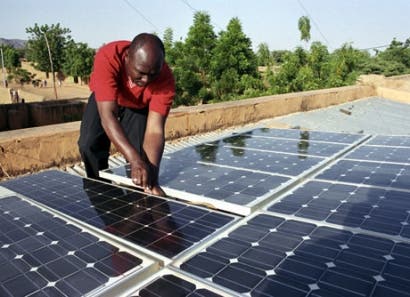Developing countries are catching up fast and there’s a lot the rich can learn, especially in terms of energy. A study of 55 nations found that developing countries like China, Brazil, South Africa, Uruguay and Kenya are installing renewable energy projects at almost twice the rate of developed nations. In many of these countries renewable energy is actually cheaper than conventional fossil fuel energy, and hopefully the same can be said on a global scale in the coming years.
Poorer countries are eating up renewables
Admittedly, however, developed countries have installed more renewable energy in absolute numbers having installed 213 megawatts between 2008 to 2013, marking an 84% increase. Developing countries installed a combined 142 gigawatts from 2008 to 2013, a 143% growth, according to a report released today by Climatescope.
For most of these countries, the shift and pace is set by economic considerations and not climate responsibility, as we’d like to think. In the island state of Jamaica, wholesale power costs about $300 a megawatt-hour, but the equivalent power supplied by solar panels would cost half as much. A similar case can be witnessed in Nicaragua, where this time wind power is half the price of conventional energy.
Renewable resources currently provide just over 6 percent of total U.S. energy, but according to a report called “American Energy: The Renewable Path to Energy Security” new technologies that harness renewables are, or soon will be, economically competitive with fossil fuels. Annual global investment in “new” renewable energy has risen almost six-fold since 1995, with cumulative investment over this period nearing $180 billion. Despite these massive investments, the US is lagging far behind other developed countries like Germany, which gets 31% of its energy from renewables. Most embarrassing, however, is that the US – the world’s second largest polluter behind China – is actually emitting more greenhouse gases than it did in 1990.
So, while the US is waiting for renewable energy to becoming cost-effective, much poorer states aren’t blinking: for them solar or wind, by case, is already a cheaper option. South Africa, for instance, awarded 17 bids for projects about a year ago and has invested some $10 billion in the past two years. Combined, the 55 states included in the Climatescope study invested $122 billion last year, more than double the 2007 sum of $59.3 billion.










